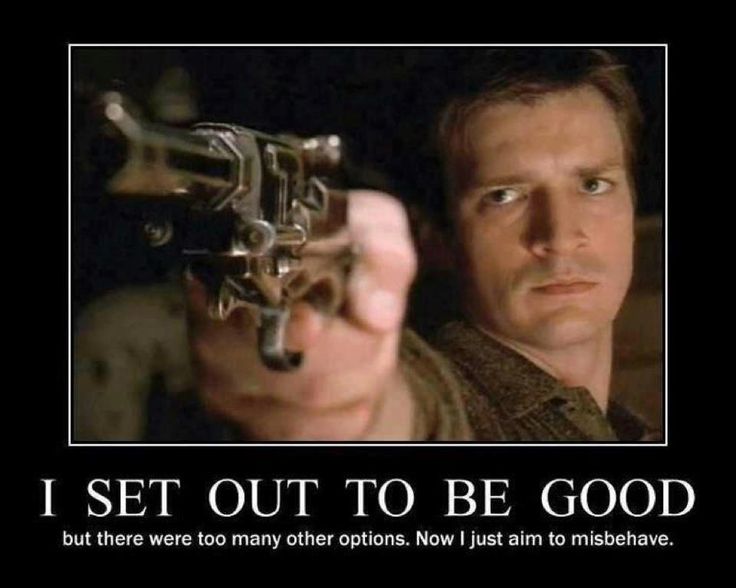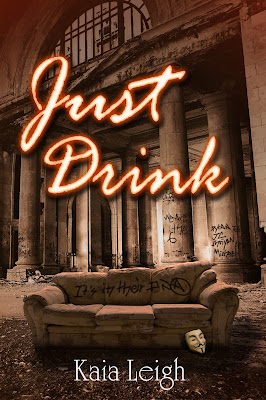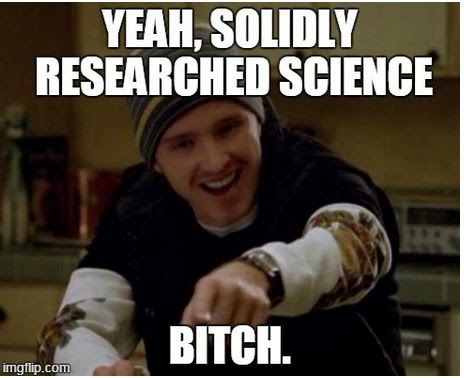This is something I've often wondered. I've never, ever sat down and written a book with a set of predetermined events in mind, and I wonder if knowing where my story was going would improve, or stunt, the writing process.
Here's how I tackle writing a novel.
1. I have an idea - usually it's a scene. The scene will have a character, a place, a feel and a purpose. Sometimes I know at this point what the log-line of the book will be - in other words, I'll have a high-level 'what if' premise that I want to work with. Other times, all I have is an image, like a mental GIF. This usually turns out to be my opening scene. Nine times out of ten, it'll remain that way.
2. I start writing the scene and as I write it, questions will arise that will lead to filling out more of the story. For instance - why is my character where they are? What are they doing? Are they waiting for something or someone? Why are they sad/happy/angry - are they in danger? From whom? This will lead from a short opening 'teaser' scene into Chapter 1 where I start to explain the story (to myself).
3. By the end of chapter one, I've usually found out what my character's (initial) motivation is and this will lead me to the first Event. This is plot point 1. Here we are, doing a thing, when another thing happens that starts bigger things happening. Usually things that my character wasn't expecting, or that we as the reader (and I was the author) wasn't expecting.
4. The journey begins. There's always a journey, in the same way that there's always a lighthouse, always a man and always a city. If you're a fan of Bioshock, you'll know what I mean.
The journey might be one from place to place, or it might be from one state to another (home planet to distant planet, bad, bad man to good man - or vice versa).
5. During the first third of this journey, I get to know my character(s). They might start to build something, or do something. Then plot point 2 hits.
6. Plot Point 2 - where everything falls apart. Just when we thought we were getting somewhere, someone throws a giant spanner and manages to hit The Works first time. Now my characters find themselves in conflict. Often, this is where the 'real' adversary turns up, or if they've already met the Big Bad of their universe, it starts to ramp up a notch, perhaps revealing some motivation and purpose and unravelling answers to some questions we may or may not have asked.
Still, there's no planning. What the Big Bad is, is often driven by the characters and their development - what they want, what's important to them, what they fear most. When this happens is determined by whatever came before.
7. Plot Point 3, heading towards The Finale. This is where more questions are answered, my characters' characters are tested, and hijinks begin to ensure. Followed by...
8. The Finale. Where everything comes together, anything left to reveal is revealed, characters fight or flee for their lives and the battle is won... or lost. Its up to the characters. I won't force them to win, although I always hope they will.
9. The wrap-up. Everyone laughs, jumps in the air and there's a freeze-frame.
10. There's a 10, because I like even numbers. So, just as there's often a prologue, or as I often think of it when I'm writing it, a teaser (in the same way you get the before-credits teaser on a TV show), there's often an epilogue - just a little hint of where the character or characters are off to next. Most of my novels aren't stand-alone, so these epilogues lead into the next book.
As I've mentioned in previous blog posts, it's a messy process, but I find that when writing consistently, daily, plot holes are less likely to appear than writing over the mammoth period of time that Just Drink took (fifteen years from first draft completion to final draft completion, with a fourteen-year break in between).
Once the first draft has gone through the stages above, it's time for Editing... which I'll talk about in my next blog post.












